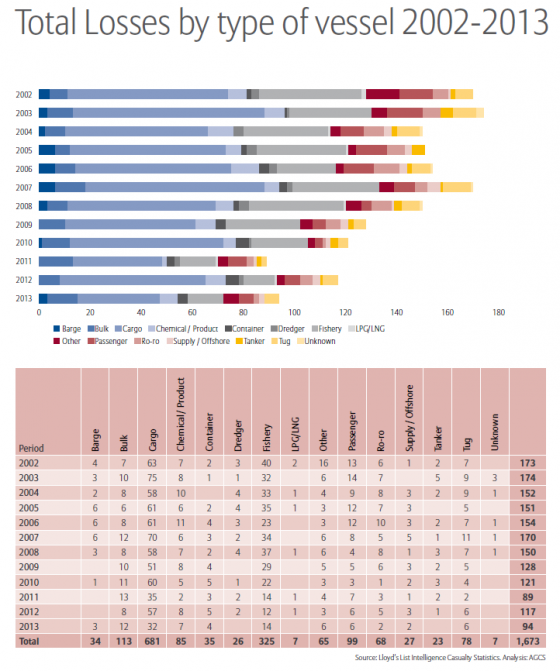
In a case we previously blogged about, EEOC v. Womble Carlyle Sandridge & Rice, LLP, (E.D.N.C. Mar. 24, 2014), Magistrate Judge L. Patrick Auld held the EEOC liable for spoliation sanctions based on the “negligence, if not gross negligence” exhibited by the charging party it brought suit on behalf of – one Ms. Charlesetta Jennings (Ms. Jennings). When served with the bill of costs by Womble Carlyle, the EEOC objected to the amount as unreasonable. In his decision, Judge Auld rejected the EEOC’s argument and ordered the EEOC responsible for $22,900 as the reasonable costs incurred by Womble Carlyle.
Background
The EEOC filed suit on behalf of Ms. Jennings in 2013 alleging that Womble Carlyle failed to accommodate her disability and subsequently terminated her employment because of the disability in violation of the Americans With Disabilities Act (ADA). As the EEOC sought back pay on behalf of Ms. Jennings, Womble Carlyle served document demands and interrogatories designed to determine whether she properly mitigated her damages by seeking alternative employment. While being deposed in September 2013, Ms. Jennings testified that she had previously maintained a detailed log chronicling her efforts to obtain alternative employment while she was receiving unemployment insurance benefits; however, once these benefits ended in February 2013, she shredded the log. Further, she testified that she discarded additional material regarding her efforts to obtain employment in June of 2013 – which was after the EEOC had already filed its lawsuit on behalf of Ms. Jennings in January 2013.
Based on Ms. Jennings’ destruction of these documents, Womble Carlyle sought sanctions for spoliation of evidence, which the Court granted and ordered the EEOC to reimburse Womble Carlyle its costs and fees associated with having to bring the spoliation motion. As a result, Womble Carlyle submitted a Statement of Expenses totaling $29,651. The EEOC contested the $29,651 amount as unreasonable on several grounds, including its position that Womble Carlyle attorneys “duplicated their efforts” during discovery and that it should not have to pay for the time spent by one attorney reviewing the work of another, where both attorneys are experienced litigators.
The Court’s Decision
As the EEOC objected to the number of hours spent by Womble Carlyle attorneys in relation to the spoliation motion, Judge Auld held it was up to Womble Carlyle to “document the need to have devoted the amount of time for which it seeks compensation” through the submission of “reliable billing records, and…exercise of billing judgment” to deduct time “not properly shown to have been incurred in pursuit of the matter at issue or that is otherwise not reasonable in amount of necessarily incurred.”
Judge Auld rejected the EEOC’s contention that Womble Carlyle attorneys unnecessarily duplicated their efforts in drafting discovery and that it should not be forced to pay for the time spent by one attorney reviewing the work of another attorney “where both attorneys are experienced litigators.” In doing so, Judge Auld held that after his review, the billing records of Womble Carlyle’s attorneys were reasonable given the nature of the sanction motion and were not duplicative.
Additionally, Judge Auld rejected the EEOC’s request that the Court should reduce by two-thirds the amount of costs since the Court only awarded monetary sanctions and did not grant the other two forms of relief requested by Womble Carlyle: dismissal of the back pay claim, and an adverse inference jury instruction (which the court reserved judgment on until trial). Judge Auld held that “the fact that the undersigned Magistrate Judge declined to recommend one form of sanction…should not reduce the amount of the recommended sanction of reasonable expenses.”
Judge Auld, however, did reduce Womble Carlyle’s cost application by $6,600 because it failed to demonstrate why it spent 12 more hours on an 11 page reply brief with six exhibits than it spent on an 18-page opening brief with 16 exhibits. Additionally, Judge Auld reduced the cost award by $151 based on certain block billing entries which were insufficient to meet Womble Carlyle’s burden to support its fee request. As a result, Judge Auld held the EEOC liable for a total of $22,900 of Womble Carlyle’s costs and fees associated with the spoliation motion.
Implications for Employers
As this case demonstrates, decisions made regarding the preservation of evidence issues at the beginning of, and even leading up to, litigation can have very serious implications, whether in the form of sanctions, an adverse inference at trial or even outright dismissal. This decision (and Judge Auld’s prior decision) should be added to employers’ defense toolkits, as the preservation of documents and information is a two-way street that employees (and the EEOC) must also follow once litigation is reasonably foreseeable – or proceed at their own peril.
This blog was previously published by Seyfarth Shaw LLP.



